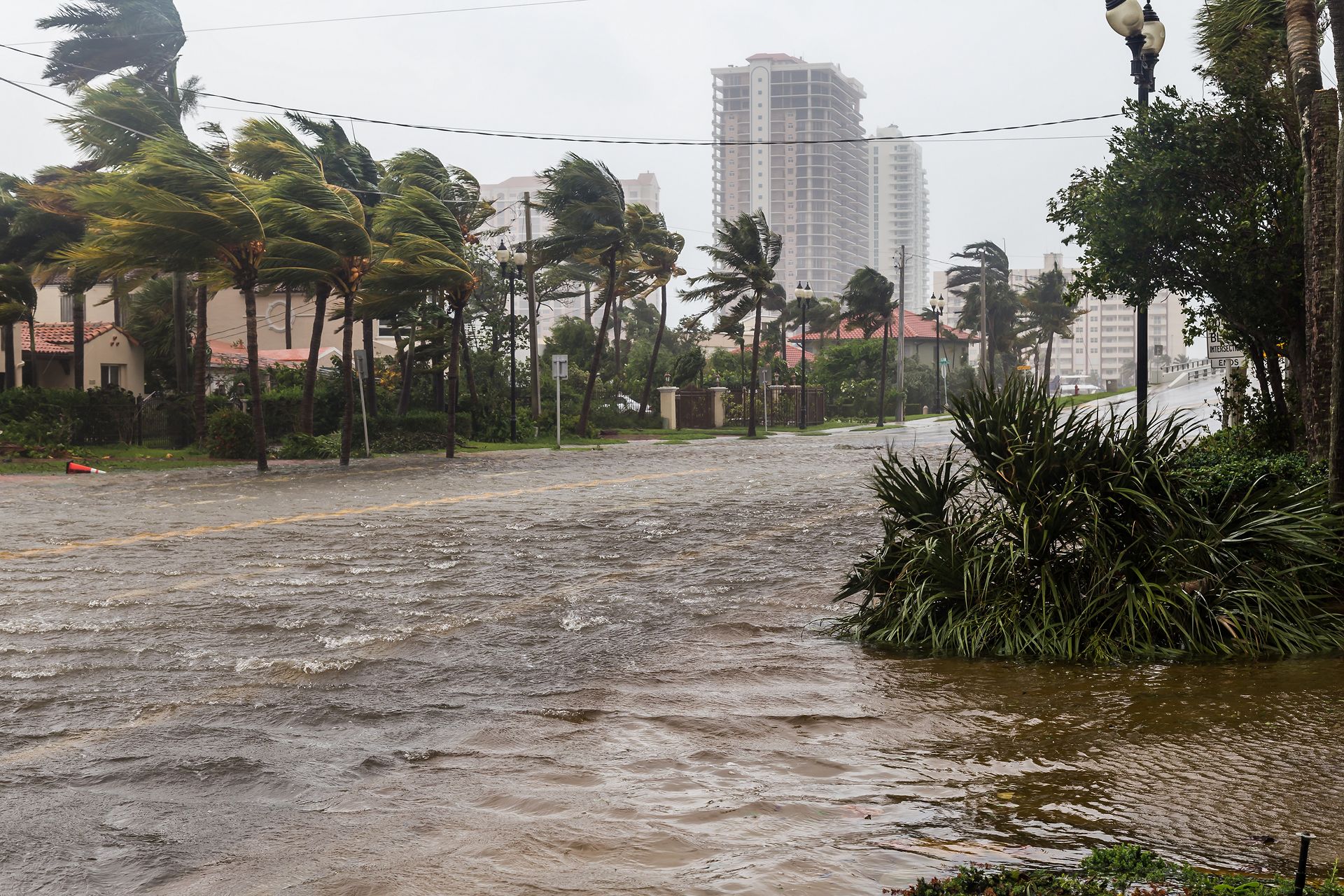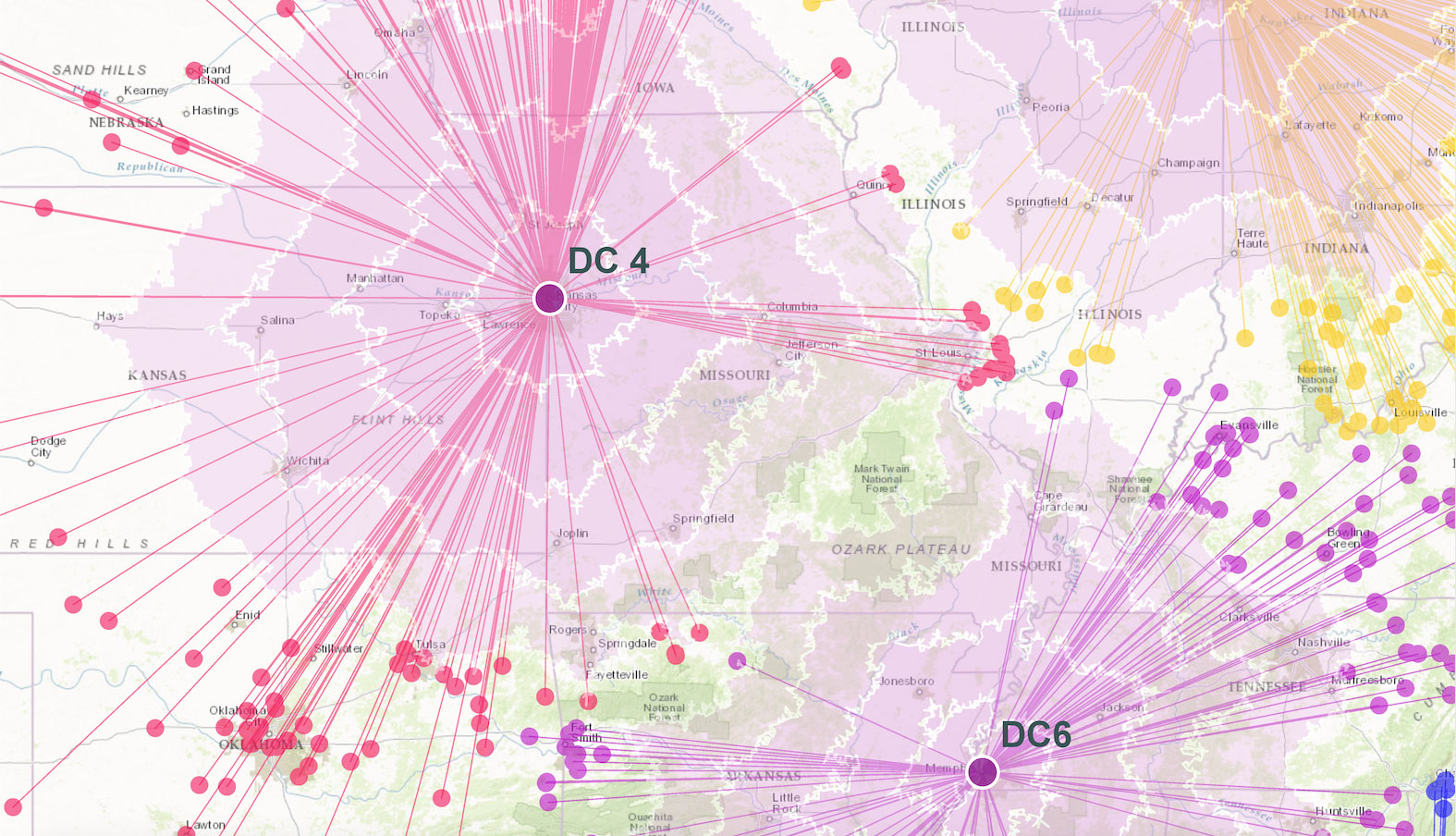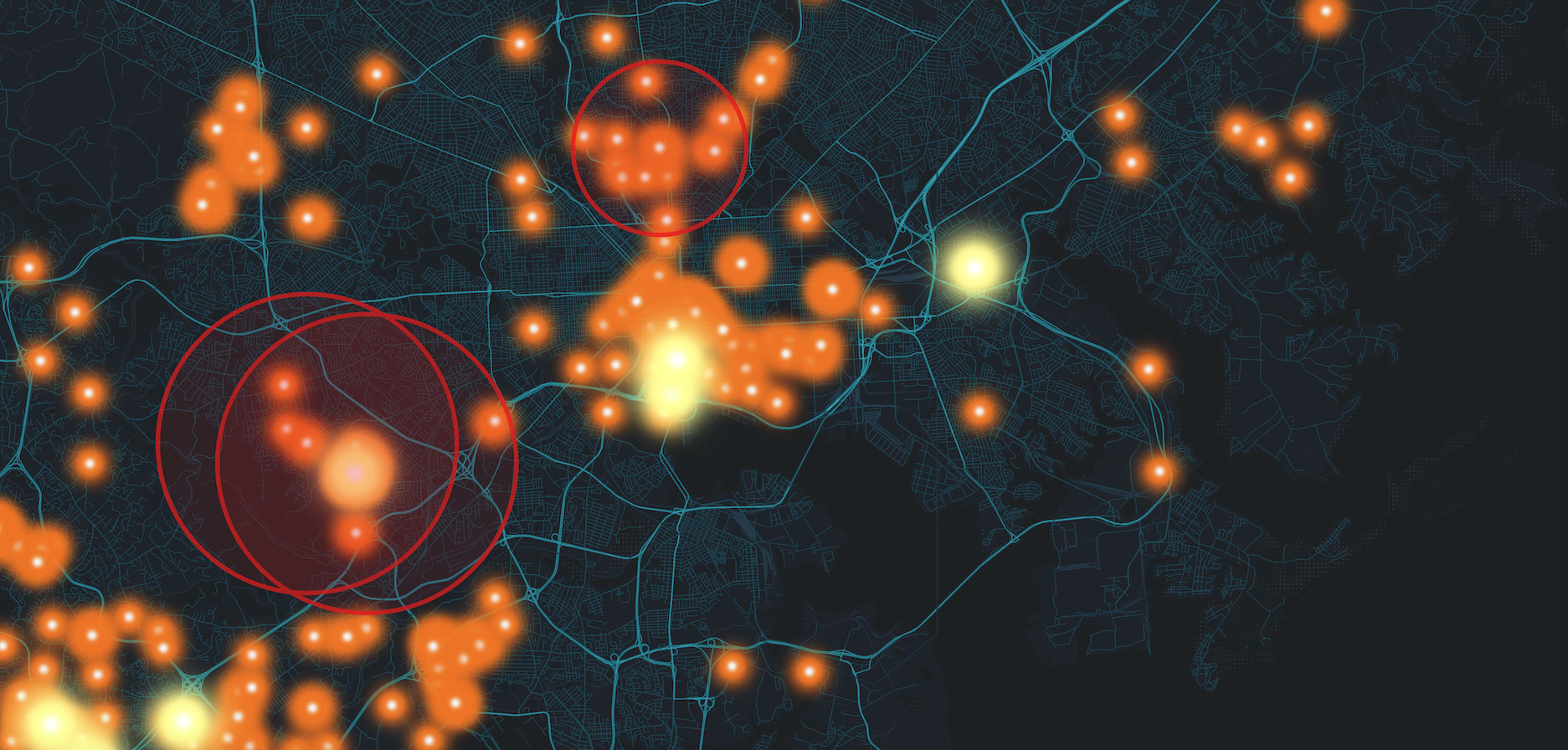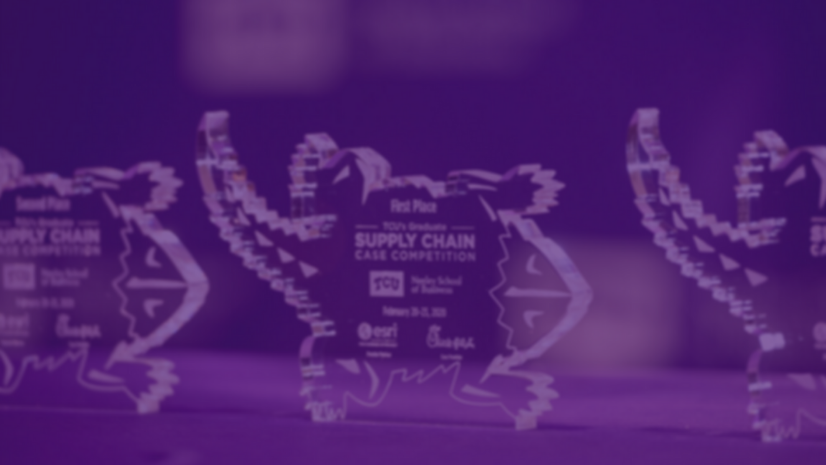How is it that in the middle of one of the worst economic crises since the Great Depression, several companies were able to post record sales growth or increase their market share? The reason some organizations have thrived despite great disruptions is that they developed core business functions on dynamic frameworks that empowered them to quickly adapt. Location intelligence is a key component to this flexibility, seeing locations and assets in motion helps businesses avoid disruptions and pivot to maintain operations—treating resiliency as a profit-driving strategy and not a static cost center.
The past 13 months have clearly demonstrated how the disruptions facing today’s businesses are far more complex, costly, and interconnected than originally thought. From the rising frequency and intensity of natural disasters to growing political and economic instability, businesses are faced with the difficult task of navigating a world filled with constant disruptions and an ever-evolving threat landscape. To succeed in this chaotic environment, business leaders need to challenge conventional wisdom about risk management and seek policies that promote adaptive resilience.

Business resilience goes far beyond just risk management. It entails an organization’s ability to absorb the impact of catastrophic events or disruptions and continue to fulfill its promises. The main assumption from a resilience standpoint is that risk is unavoidable, so organizations must plan operations around the reality that the business will continually operate in adverse conditions.
Before the COVID-19 pandemic brought nearly every facet of the global economy to a screeching halt, there was a significant amount of skepticism among the C-suite about the value of a business resilience strategy. In many cases, business resiliency became a buzzword, or was seen as a “nice to have” but not a core component of maintaining business operations. Investments in traditional risk management and security operations have been seen as static cost centers, with those teams oftentimes struggling for sufficient budgets.
A 2016 RAND study that analyzed the costs associated with cyber incidents highlights how many companies have historically taken more spartan approaches to funding security operations, even in cyber infrastructure, because those investments were not likely to add tangible value to company in excess of the costs. For many organizations, risk-management strategies revolved around moderate spending on physical security, like access controls, CCTVs, and alarms, transferring broader liabilities to insurance carriers.

Strategies like these are simply outdated and rely on naïve assumptions that businesses will only be faced with occasional disruptions that can be fully understood in advance. However, the reality of today’s changing threat landscape, mixed with the growing exposure of modern businesses to online threats, necessitates that companies focus on implementing a dynamic framework for adaptive resilience.
Enhancing Adaptive Resilience
Location intelligence provides businesses with the ability to contextualize massive amounts of disparate data and connect it to geography, identifying valuable patterns and trends that would have otherwise been missed. Applying a spatial filter to adaptive resilience empowers business leaders to see the entire scope of their operations, enabling them for the first time to holistically understand the life cycle of their product offerings and visualize how emerging threats would disrupt their business at every juncture. This heightened awareness allows a business to anticipate and adapt to changes during a crisis.

Recently, this overlaying of risk data with core business processes supported major retailers like Bass Pro Shops, enabling them to navigate through the early days of the COVID-19 pandemic in the United States. Bass Pro Shops has dozens of locations in nearly every state, and more than 40,000 employees. The company needed to find a way to understand the spread and impact of the virus on each of its locations based on localized outbreak clusters; varying state and local restrictions; and patterns in consumer behaviors like in-store, online, and curbside shopping activities. The result was a spatially enabled system that provided hyperlocal context on the spread of COVID-19, providing security and business leaders with unparalleled insights into how the company could adapt operations to minimize disruption and continue servicing their customers during their time of need.
Spatially enabled businesses utilize the dynamic nature of web-enabled systems to see in near real-time how an emerging crisis could impact operations. These organizations identify and geocode key business sites, facilities, supply networks, and employee locations, overlaying risk layers to extrapolate the degree to which they are vulnerable to both natural disasters and economic instability. By clearly seeing this exposure, spatially enabled businesses are able to more accurately implement contingency plans that minimize the cost and downtime of a disruption. Additionally, by enhancing resilience, businesses create opportunities for growth by positioning themselves as a trusted, sustainable brand during a crisis.
Adapting to the Growing Threat Landscape
The future of adaptive resiliency will necessitate that businesses challenge antiquated risk management strategies that naïvely approach emerging threats solely through the lens of historic trends. Spatially enabled businesses are increasingly shifting the conversation around risk and risk data, overlaying historic trends with near real-time insights from a wide array of sensors. With new inputs that relate emerging risks and business activities through a location-based framework, businesses create a multidimensional data environment for dynamic decision-support.

By curating authoritative risk and business insights in an on-demand environment, near real-time spatial data augments traditional decision-making processes to empower business leaders to quickly adapt to threats and disruptions.
Climate change and the growing frequency and severity of natural disasters are both spatial problems, and political, economic, and societal issues have varying impacts in different locations. Before the next crisis occurs, consider adopting a dynamic spatial data framework to minimize disruption and be poised to capture new market opportunities.




